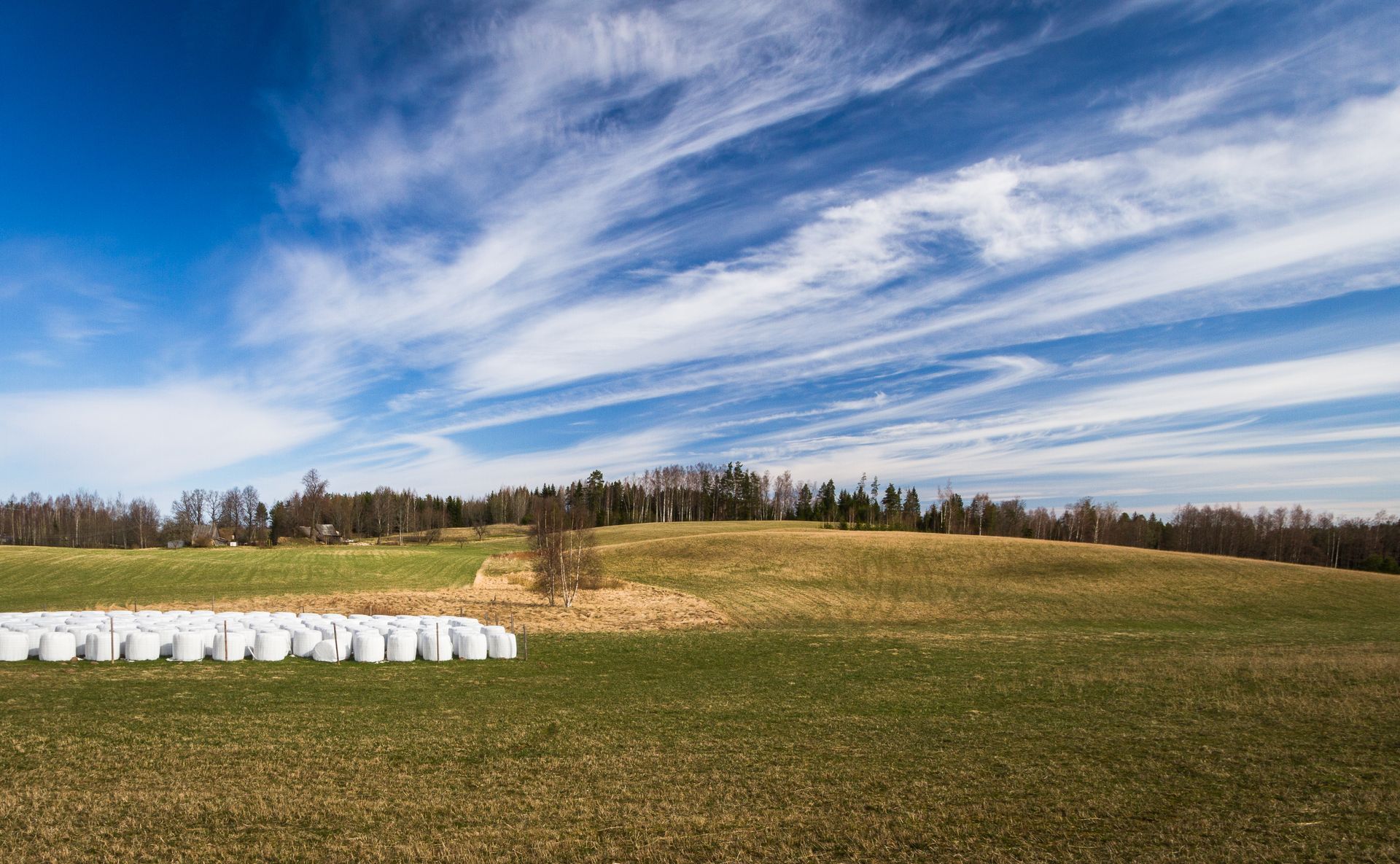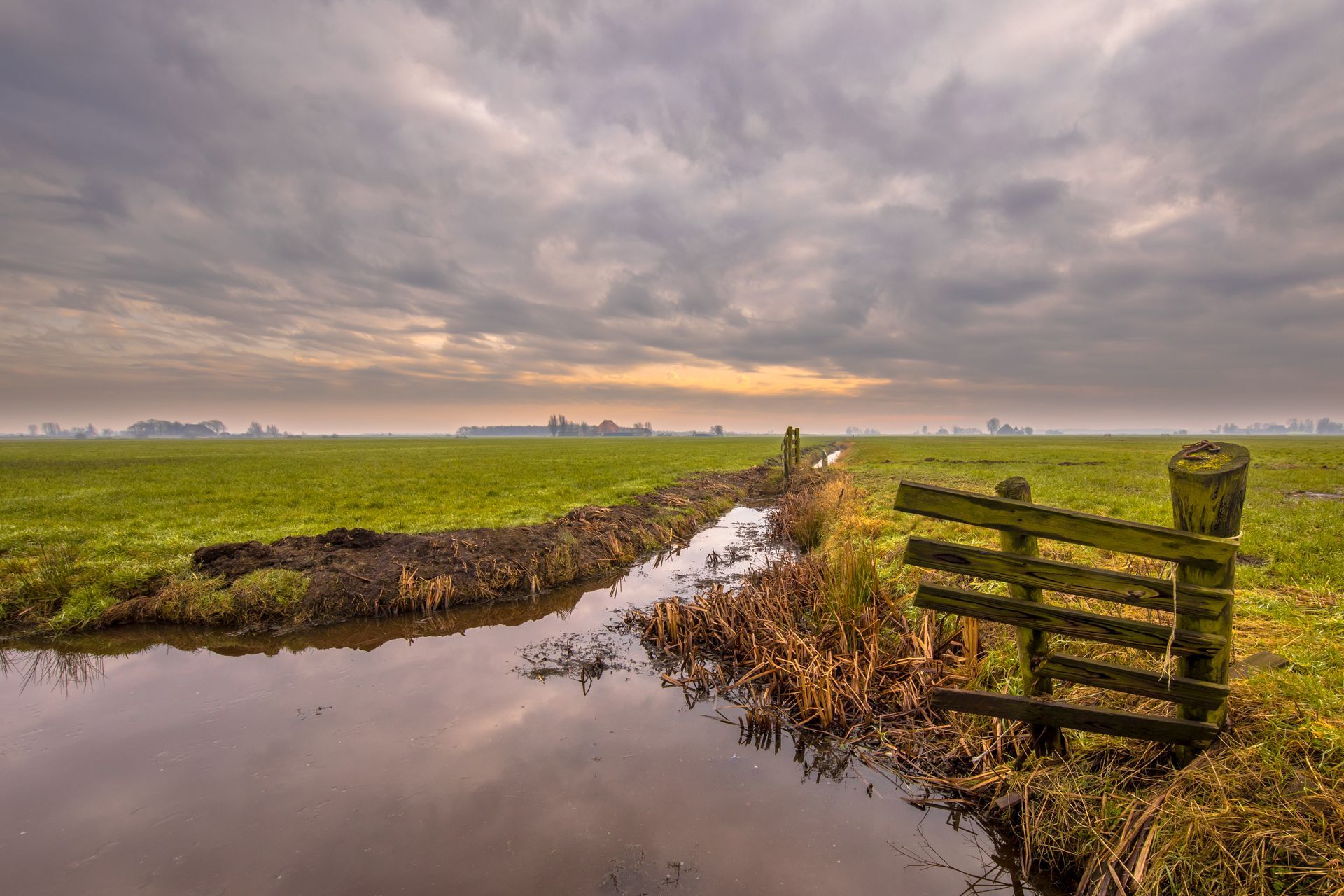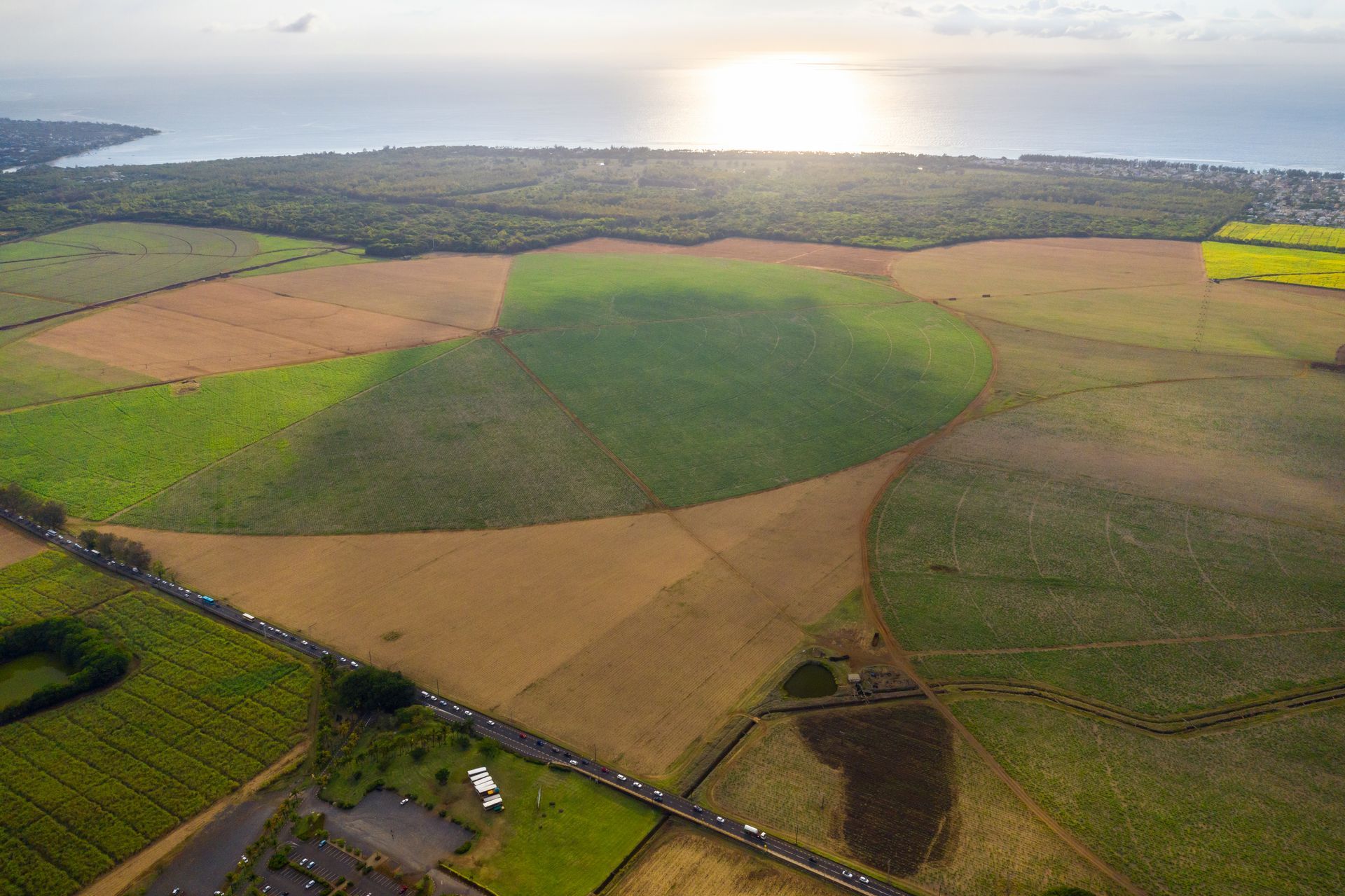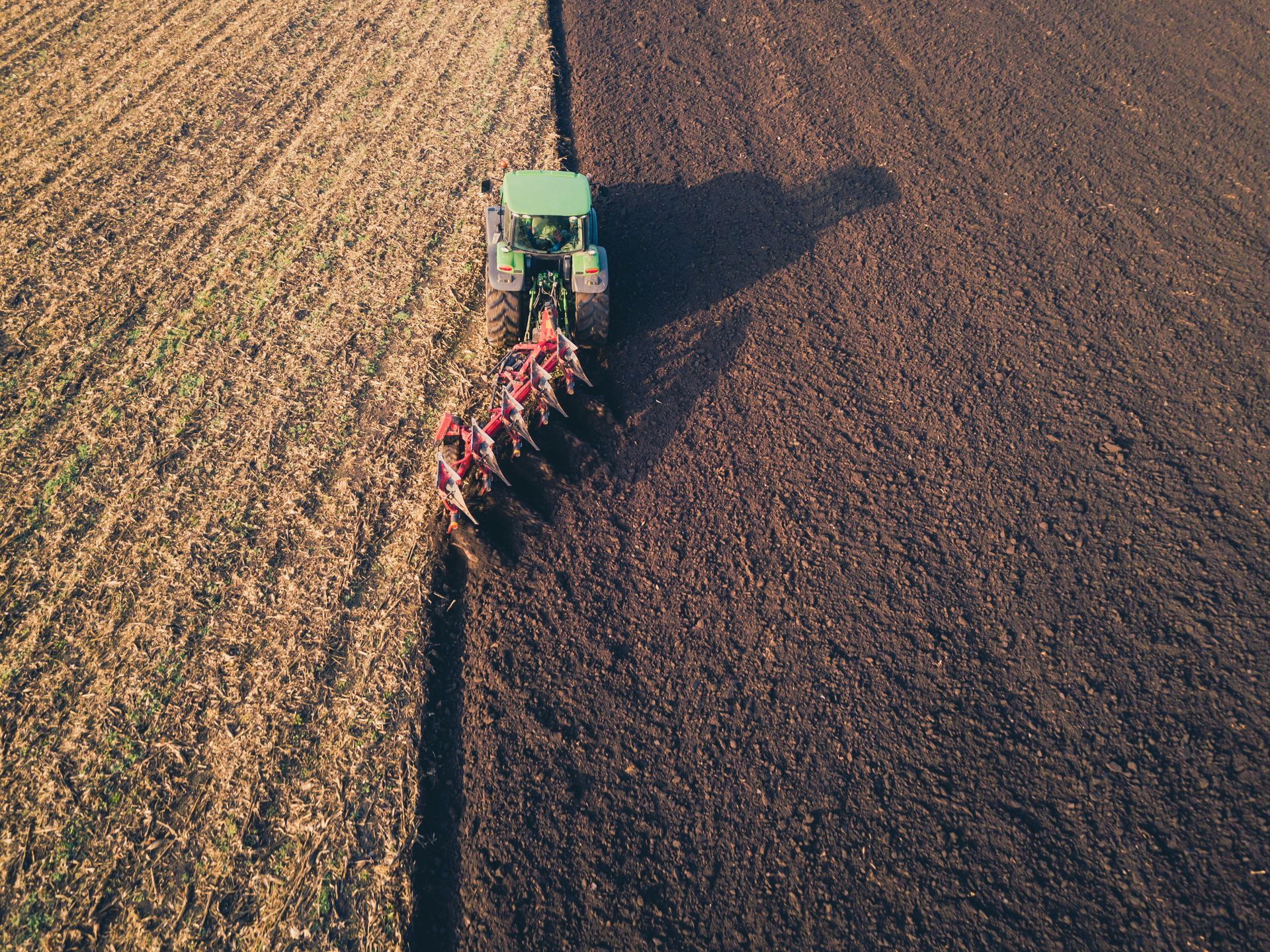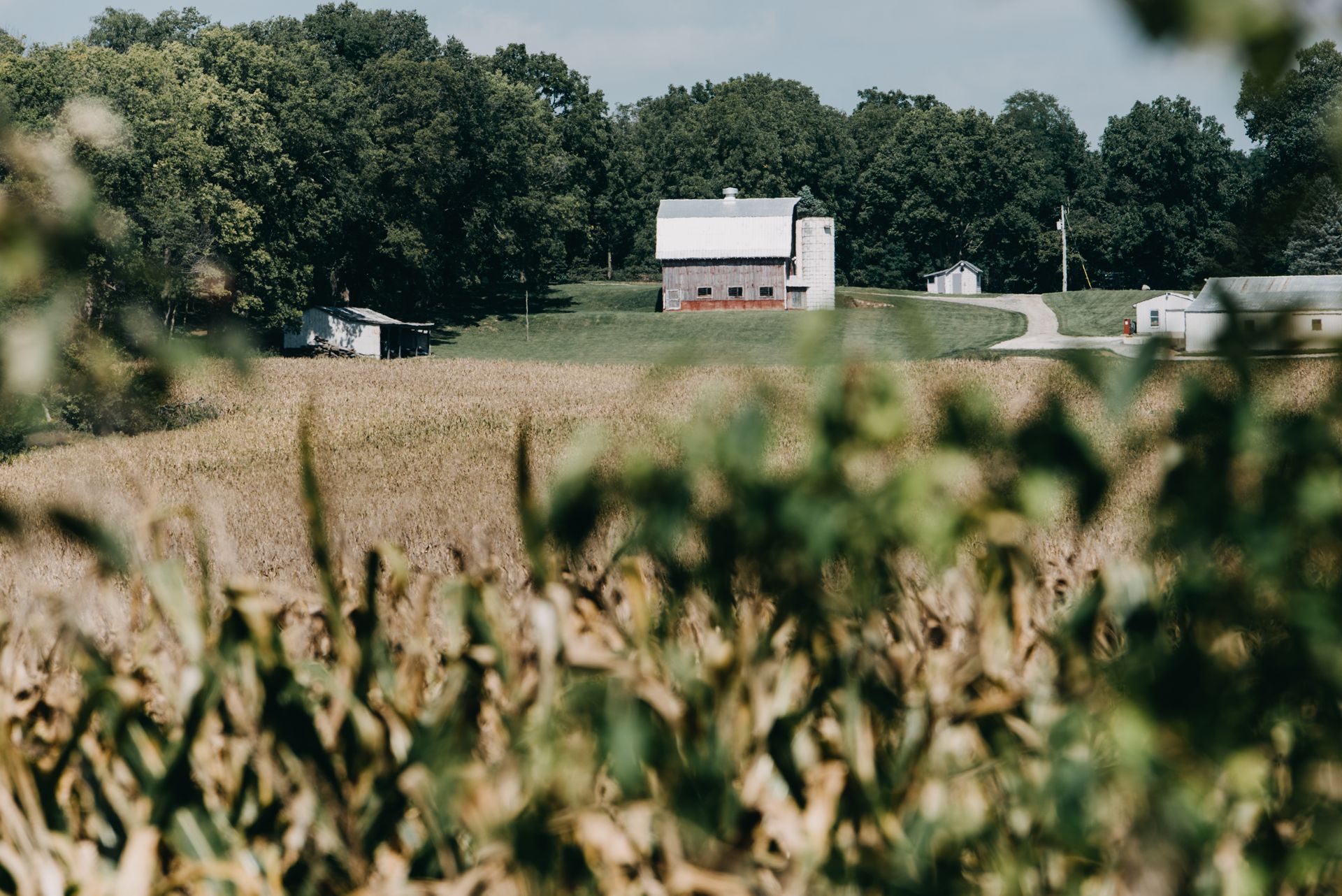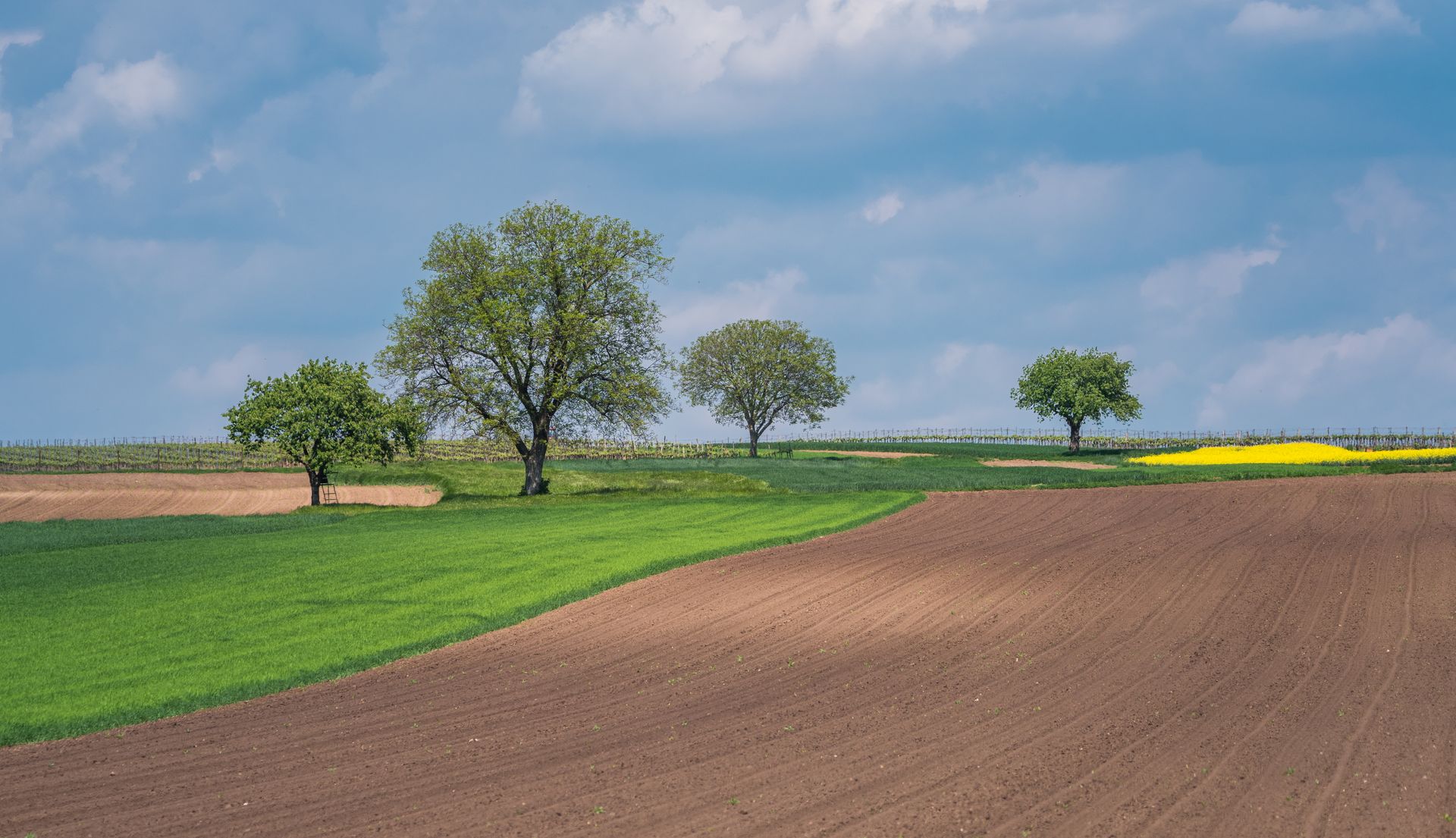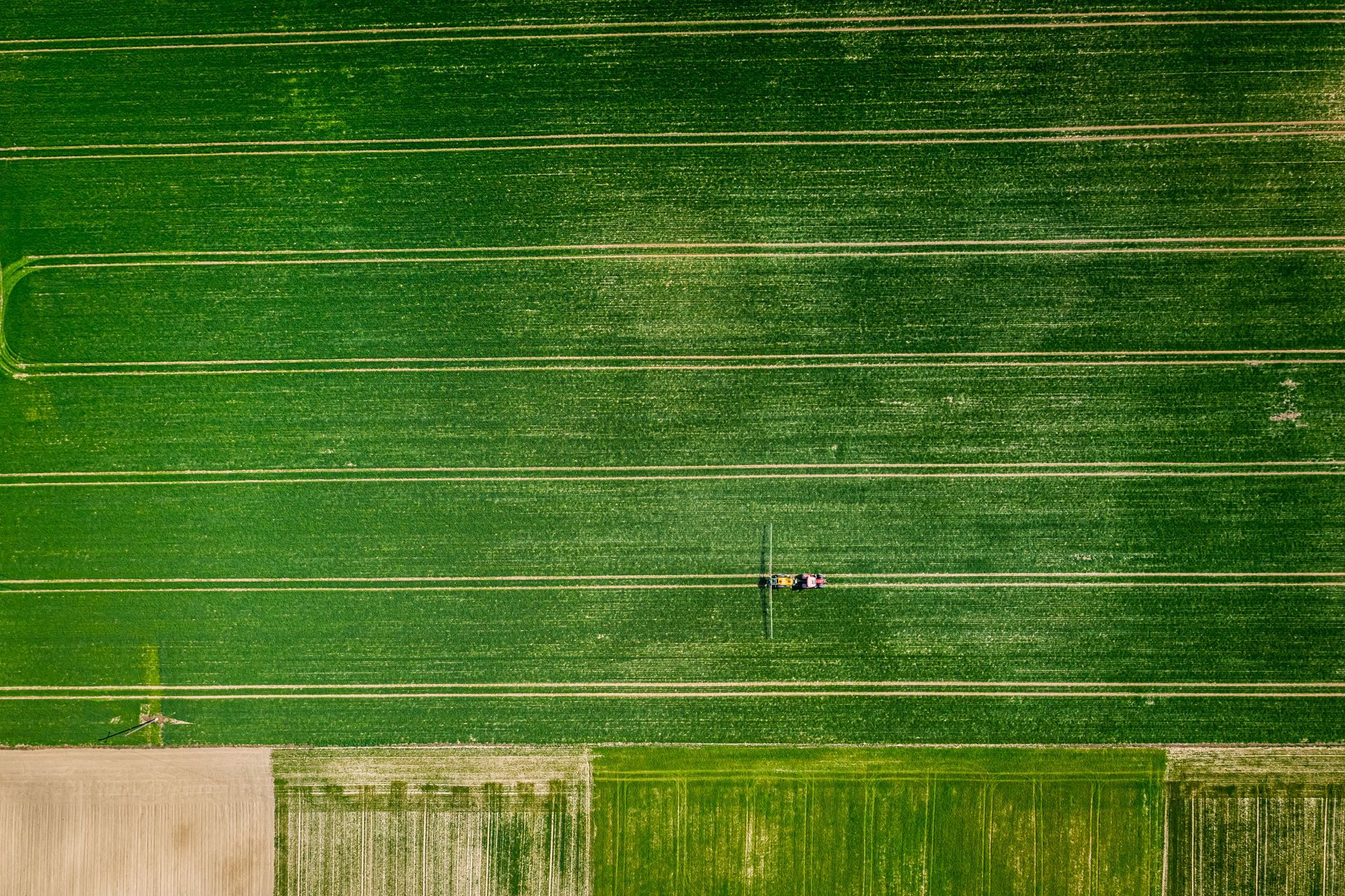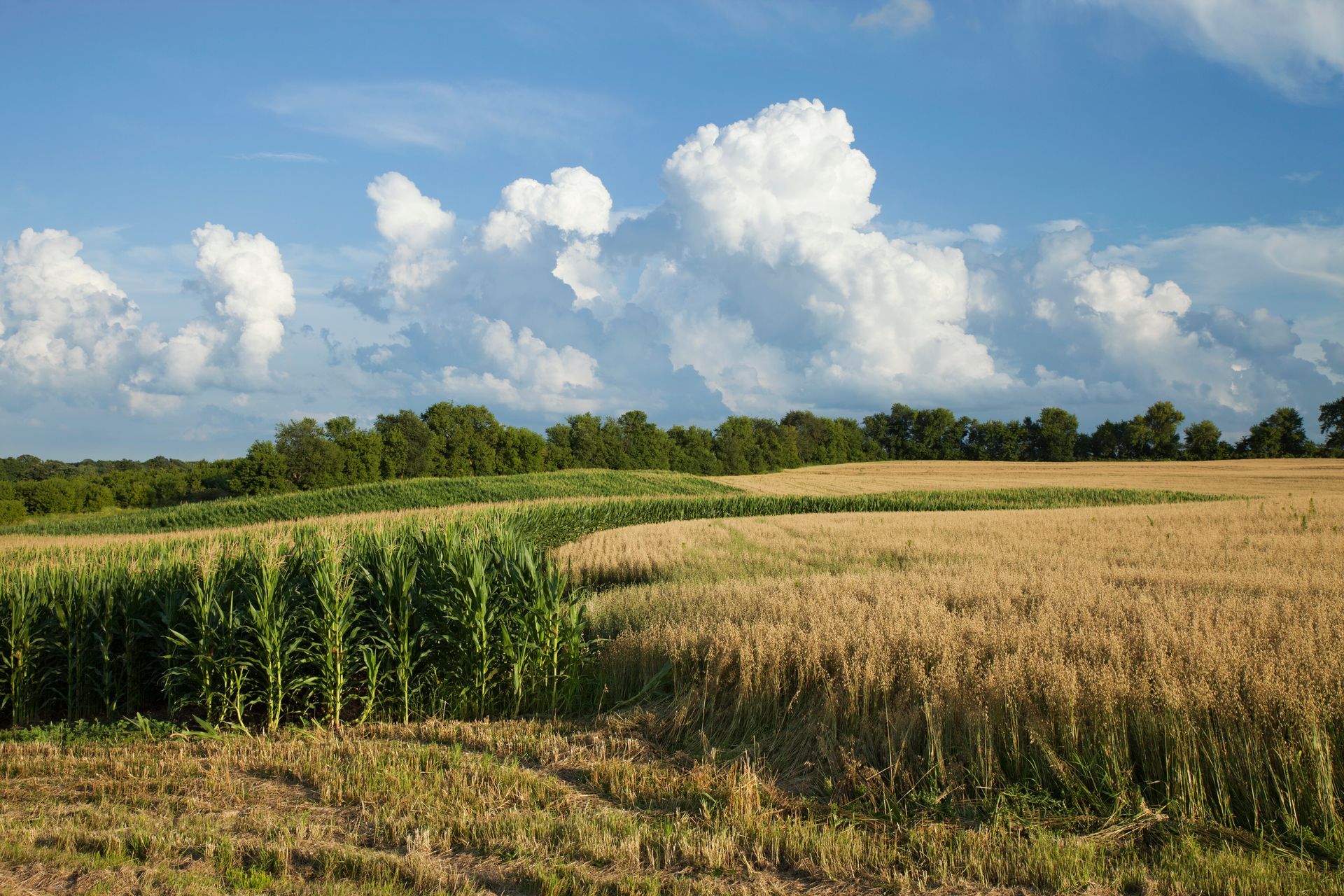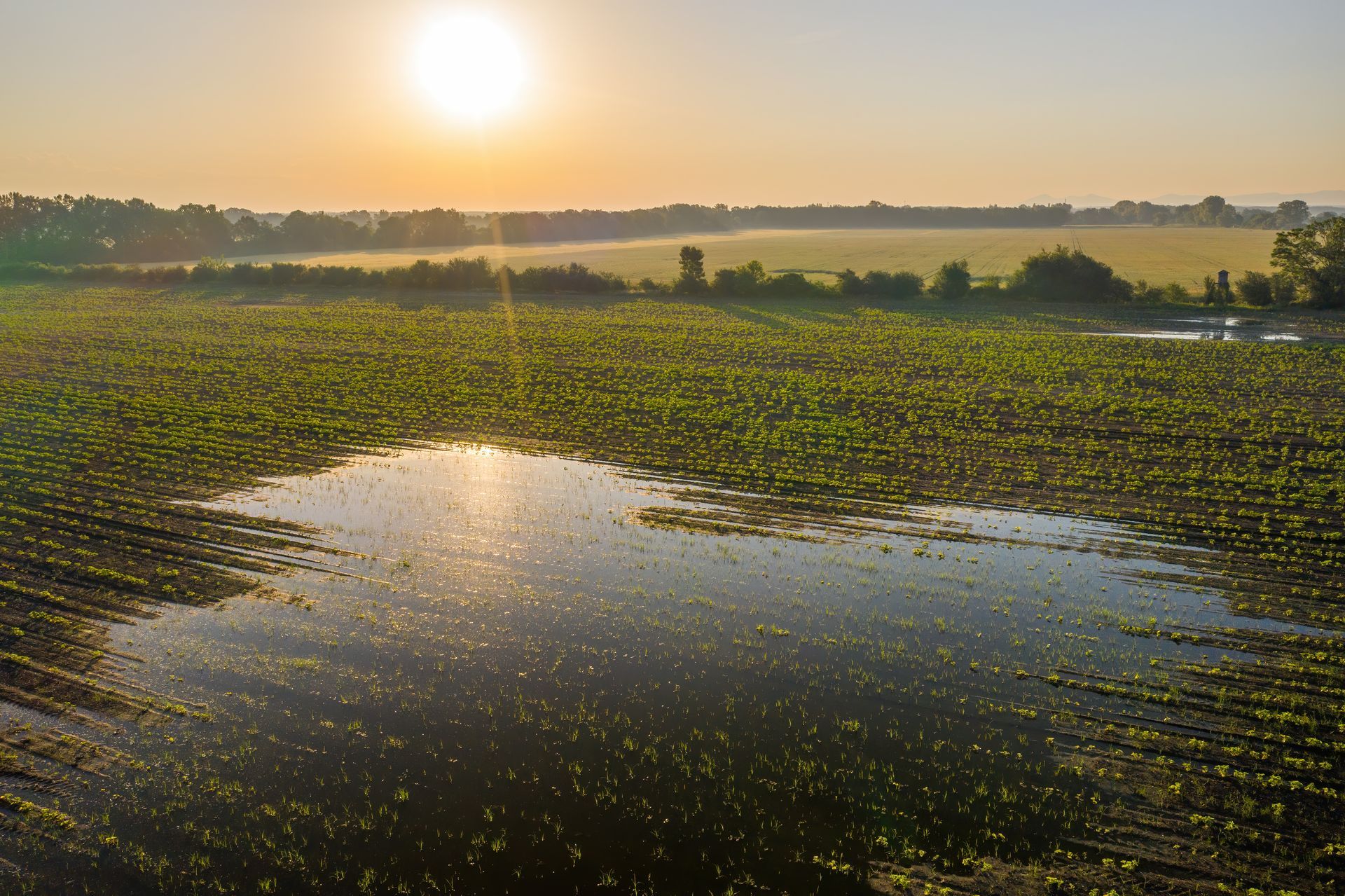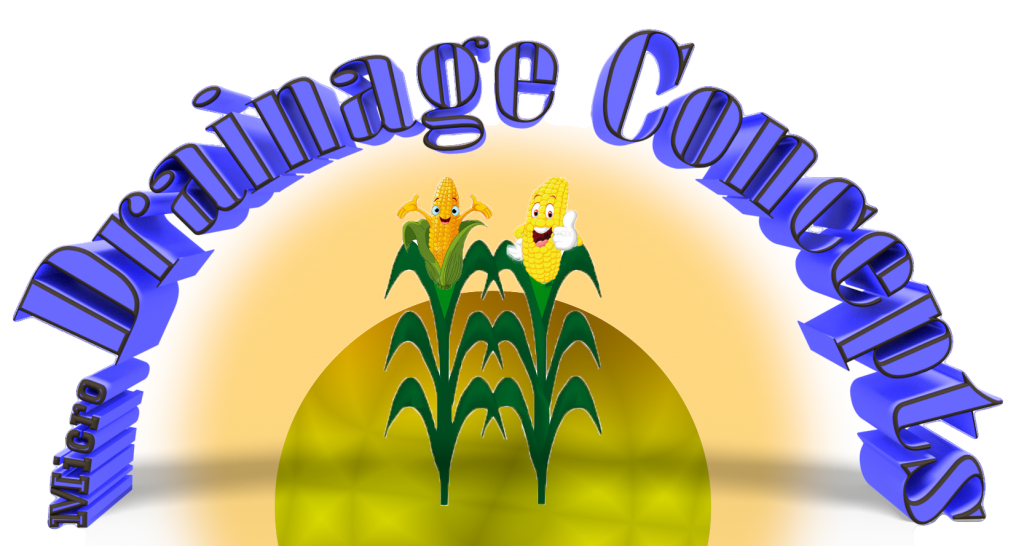Dangers of Herbicides
Since the proliferation of No-Till Farming beginning in the mid 60’s, the volume of agricultural herbicides has exploded. This is the largest criticism advocates of traditional till farming have of No-Till practices. No-Till relies on crop debris from the previous harvest to fertilize the soil, which it does remarkably well, unfortunately this means late emerging weeds often take over fields. The only way farmers can control this is with herbicides.
How Do They Work
The most common herbicide is 2,4-D. The brilliance of this chemical is that it uses the weed’s ability to proliferate under most conditions against them. Most cultivated crops need a certain set of conditions, so they can grow healthy; however, weeds pretty much only need the bare minimum of soil, nutrients and moisture. 2,4-D targets enzymes in weeds that simply aren’t present in crops because they lack the biodiversity of the weeds. This effectively kills the weeds while allowing the crops to thrive. There are other herbicides that act differently but in terms of overall tonnage, 2,4-D makes up the majority.
What are the Risks
One thing we discovered with pesticides like DDT was how long it took for them to break down. One reason DDT is now banned in the US is that it would stay in the soil and water for years. It would kill not only insects, but it would cause deaths among birds and water organisms. Herbicides like 2,4-D last typically 30 months or less in the soil before breaking down but that doesn’t mean they are harmless. Runoff from farms into the water table or in lakes and streams can kill algae and other microorganisms that are essential for maintaining biodiversity of waterways. Once in the water table they pose a danger to larger organisms like trees, wildlife and eventually people.

How Dangerous are Herbicides to People?
In most cases a human would have to ingest large doses of herbicide of it to be harmful; however, a chemical like Paraquat can be lethal at a dosage the size of a teaspoon. Anyone using Paraquat on their fields should exercise extreme caution when handling and spraying. Any small animal can be killed with Paraquat, once again the largest danger is to birds as they are uniquely susceptible.
Mitigating the Danger
The good news is that No-Till practices greatly reduce the amount of any runoff a farm produces. It is the number one advantage of No-Till, protecting the topsoil from erosion. There are great strides being made in the use of allelopathic species, which, when planted as a cover crop will help fight off other plant species like weeds. The fact of the matter is, traditional tillage is an unsustainable method of farming. Eventually, fertile topsoil will all be washed away due to its destructive nature. Currently, No-Till/Chemical Farming offers the only viable alternative. Speak to your Richland Micro Drainage representative on ways you can keep the herbicides from entering the water table. They have equipment and strategies that can be utilized easily to further protect the environment and the farmland.
